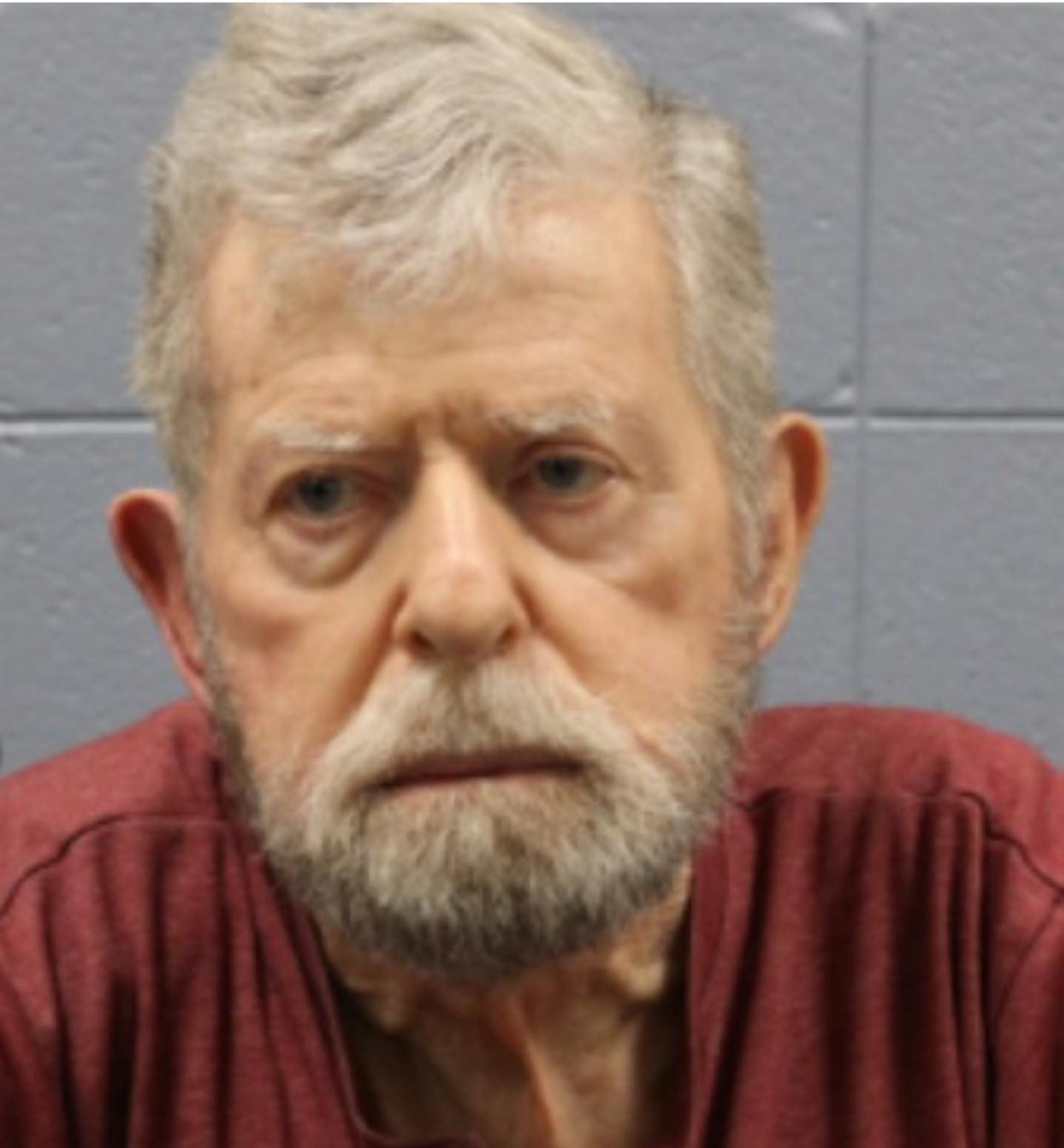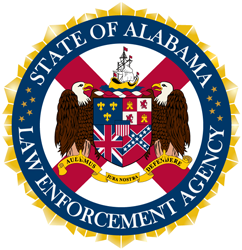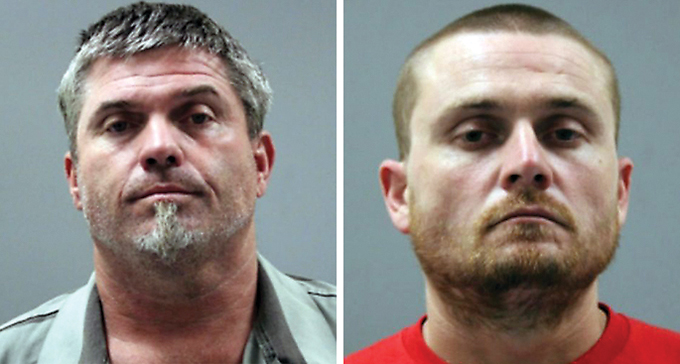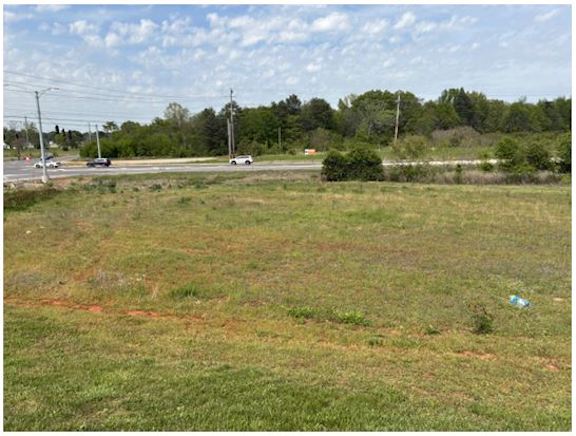Owl’s Eye: Anyone up to a challenge?
Published 12:00 am Wednesday, September 13, 2023
As luck would have it, I came to a fluttering rest on a nearby Alabama school windowsill. Inside, I heard the most valuable discussion. A career-tech teacher was telling his middle school students about how they could change the world.
“Oh right,” I could imagine their rolling eyes suggest, “another ‘you can do it’ presentation.”
Trending
But this was different.
This teacher said the kids today need to really be challenged. They need to know they can resolve real problems using their own minds and technological solutions. He gave an excellent example. The teacher talked about his friend, a fellow teacher, named Alexander. Alexander taught in the Ukraine, where his entire class was driven from their school when their city was bombed, then invaded by the Russians. Alexander’s students were in hiding, in exile, wounded or dead. Yet, because he was a dedicated teacher, he wanted to do right by his students. He decided to create a Zoom-type “classroom” for any he could contact. Key to his dilemma was that the Russians spent an enormous amount of artillery blasting away Ukrainian power stations, utilities and homes.
At the time I heard the story, he’d found three of his students. He could not find reliable power to use his computer or cell phone to teach, however. Generally, he could count on maybe one hour of electricity a day. For those he did find, with compatible power times, he continued to teach them as if life should go on, despite the ruthless violence of dictators.
“Now,” said this American career tech teacher to his own students, “there’s the problem. Can you fix it?”
Indeed, they did. It seems the young Americans came up with a brilliant solution. They devised a foldable, 12-panel solar reflector mat. With this mat, they could power a 3-D printed battery pack. The panels and pack fit exactly into a carrying case which could be used anywhere. The backpack can bring power for a cell phone or laptop. Astounding. Middle schoolers solved this crisis, caused by the criminal invasion of a country far away. All because a teacher cared for his students.
We Americans love technology. We can almost say we idolize it. In fact, we almost believe there is a technical resolution to any problem on earth. We in Athens benefitted from an Alabama state requirement that every 10 years a formal, city planning assessment be made by professionals.
Trending
Where are those plans now? We’ve had a couple decades to do this, so where are the results? Along these lines, I was privy to a discussion of traffic and neighborhood woes in Limestone. A professional city planner recently asked residents to identify problem areas, and then solutions could be proposed. Observation of grannies-in-walkers “sprinting” for their lives to beat the “walk” lights downtown was one. Other concerns were crammed access along Highway 72, or lack of parks, drainage or no sidewalks.
Wise heads need to first “state the problem” before action can be taken. Could we challenge our own students to resolve the gigantic car jam under the Highway 72 railroad bridge? How about the lack of infrastructure planning for the mushroom growth of houses here, there and everywhere?
Let our students know about the existing plans that sit a-mouldering in some office downtown, and see what they can make of it. Maybe one of them, unconstrained by being too close to the problem, might solve one, or many, of our woes. A stop sign, say, might replace the electric light at Valley Pizza’s intersection so old folks trying to cross the street don’t play dodge-em cars. Vehicle overpasses outside the city limits might alleviate some of the traffic jam problems.
What young person, charged to look into this problem, would hesitate to help solve it? We do this somewhat already. Eagle Scouts get their badges by identifying a problem, then organizing to resolve it. Huntsville came up with the ingenious idea to have youth see if they could hide from cameras — or get out of — their new city prison before it was occupied. It worked.
Present problems to students. Better yet, raise the question of identifying future difficulties to be overcome. Don’t have answers prepared, but see what they say. I’m certain no one, not anyone, ever asked them to solve a real local problem before. Don’t stop there. We have county schools, too. Each one of them could be challenged to address a local concern. They could, by working on a solution, discover what good government is all about.
In Siena, Italy, the city council room has two paintings on its walls that date from the Middle Ages. One shows the result of bad government. Crime waits around every corner. There’s no business, or only secret deals. Construction is at a standstill. Fields grow nothing. On the other side of the room is a painting of good government. A lively market flourishes. People happily meet friends while shopping. Buildings are being constructed by professionals carefully at work with lots of engaged laborers. Food from the fields is plentiful, animals are healthy and people are of good cheer.
Challenge our own students to see what can be. Challenge them to solve what we may think can’t be done. Good government is just around the corner.





